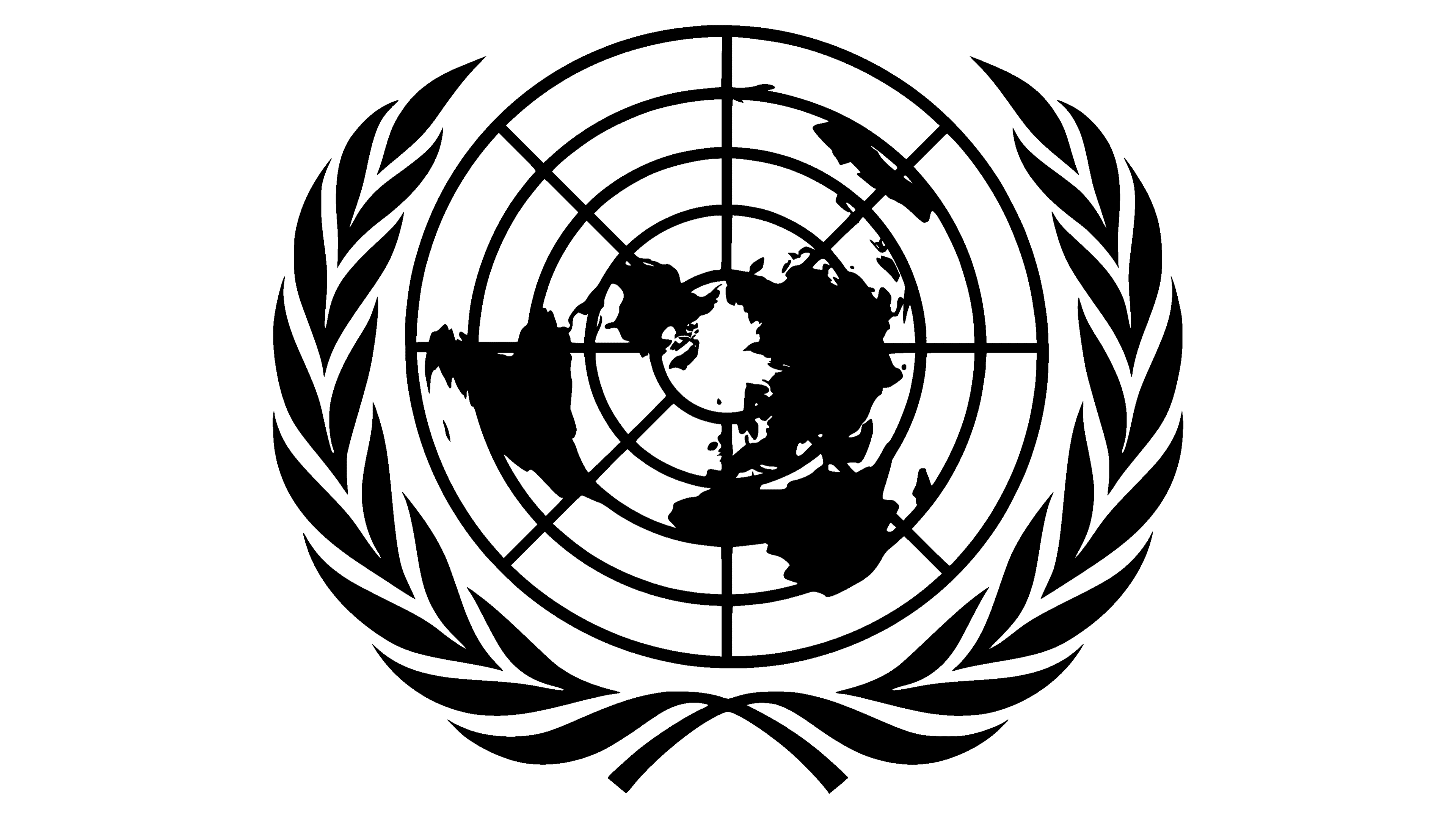The United Nations (UN), established not as a commercial entity but as a pivotal international organization, embarks on a mission to uphold international peace, foster friendly relations among nations, and champion human rights and social progress. Unlike a traditional company, the UN isn’t owned by an individual or a group but is a collective of its member states, each retaining its sovereignty. The organization’s operational epicenter is in New York City, USA, but its influence and activities are global, with significant presences in Geneva, Vienna, and Nairobi. The UN’s reach extends far and wide, conducting peacekeeping efforts, providing humanitarian aid, and implementing various developmental and environmental programs in numerous countries, embodying a true global presence.
Meaning and history
Conceived in the shadows of World War II, the United Nations was formally established on October 24, 1945, by 51 countries. These founding nations were driven by the determination to build a world that could prevent the recurrence of such devastating global conflict. The UN succeeded the League of Nations, aiming to create a more effective and inclusive international cooperative framework. Notable achievements of the UN include its instrumental role in guiding many regions toward decolonization, orchestrating numerous successful peacekeeping missions, championing human rights via various declarations and conventions, and confronting global health emergencies and environmental challenges. In its current incarnation, the United Nations stands as an indispensable forum for international diplomacy, encompassing 193 member states. It grapples with contemporary challenges such as organizational reform, managing complex global conflicts, and spearheading initiatives against climate change, health crises, and global inequities.
What is the United Nations?
The United Nations is an international organization, founded to foster global peace, security, and cooperation. It addresses issues like human rights, humanitarian assistance, and sustainable development, with 193 member countries.
1945 – 1946
The emblem’s genesis can be traced to the pivotal 1945 UN Conference on International Organization. It was during this historic gathering that the emblem came into being, thanks to the collaborative efforts led by Oliver Lincoln Lundquist. Lundquist, an architect and industrial designer of considerable renown, guided a diverse team in crafting this symbolic design. Their collective expertise resulted in a logotype that not only captured the essence of the conference but also laid a visual foundation for future international collaboration.
1946 – Today
Tracing the evolution of the logo, both its original and current incarnations prominently display a world map oriented from the perspective of the North Pole. The inaugural version of the logo depicted the world map extending down to the 40th parallel south, whereas the contemporary design expands this view to the 60th parallel south, and is framed by a series of five concentric circles. This updated emblem, a reflection of the organization’s dynamic growth and changing vision, was officially adopted by the Assembly in 1946. The emblem’s design elements are rich in symbolism: the olive branches have long been recognized as a universal symbol of peace, and the encompassing map signifies the organization’s commitment to fostering unity and influence across the globe.



